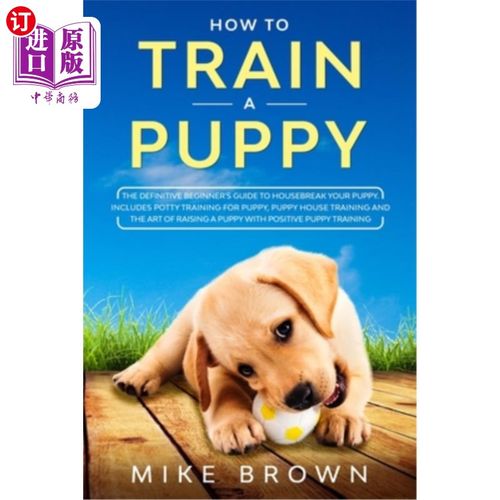
How to Train a Dog Not to Bite: A Comprehensive Guide
Training a dog not to bite is an essential part of responsible dog ownership. Biting can be a result of fear, pain, or even excitement, and it’s crucial to address this behavior promptly. In this guide, we’ll explore various methods and techniques to help you train your dog effectively.
Understanding the Root Cause
Before you start training, it’s important to understand why your dog bites. Here are some common reasons:

| Reason | Description |
|---|---|
| Fear | Dogs may bite out of fear when they feel threatened or scared. |
| Pain | Biting can be a response to pain or discomfort, especially if your dog has been injured. |
| Excitement | Some dogs may bite out of excitement, especially when they’re playing with other dogs or people. |
| Curiosity | Dogs may bite out of curiosity, especially when they’re exploring new objects or environments. |
Understanding the root cause is the first step in addressing the biting behavior.
Preventing Biting: General Tips
Here are some general tips to prevent biting in dogs:
- Supervise playtime: Always supervise your dog during play, especially with other dogs or children.
- Teach bite inhibition: Teach your dog to control their mouth during play by using toys and gentle handling.
- Provide appropriate outlets: Ensure your dog has enough physical and mental stimulation to prevent boredom and destructive behavior.
- Address pain or discomfort: If your dog is in pain or discomfort, consult a veterinarian to rule out any medical issues.
Training Techniques
Here are some effective training techniques to help your dog stop biting:
1. Positive Reinforcement
Positive reinforcement is a powerful tool in dog training. Here’s how to use it:

- Identify the cue: When your dog bites, immediately stop the activity and provide a cue, such as “no bite” or “ouch.” This helps your dog associate the behavior with the cue.
- Redirect the behavior: When your dog bites, redirect their attention to a suitable alternative, like a toy or a treat.
- Reward the desired behavior: When your dog stops biting and focuses on the alternative, reward them with praise, treats, or playtime.
2. Desensitization and Counterconditioning
Desensitization and counterconditioning can be effective for addressing fear-based biting:
- Desensitization: Gradually expose your dog to the trigger that causes them to bite, such as a person or object, while keeping them calm and relaxed.
- Counterconditioning: Pair the trigger with something positive, like treats or praise, to change your dog’s emotional response.
3. Avoidance Training
Teach your dog to avoid situations that may lead to biting:
- Identify triggers: Determine what situations or objects cause your dog to bite and avoid them.
- Teach alternative behaviors: Train your dog to respond to a cue, like “leave it,” when they encounter a trigger.
4. Professional Help
If you’re struggling to train your dog not to bite, consider seeking help from a professional dog trainer or behaviorist. They can provide personalized guidance and support.
Conclusion
Training a dog not to bite requires patience, consistency, and understanding. By addressing the root cause, using effective training techniques, and seeking professional help when needed, you can help your dog overcome this behavior and become a well-behaved, beloved member of your family.







